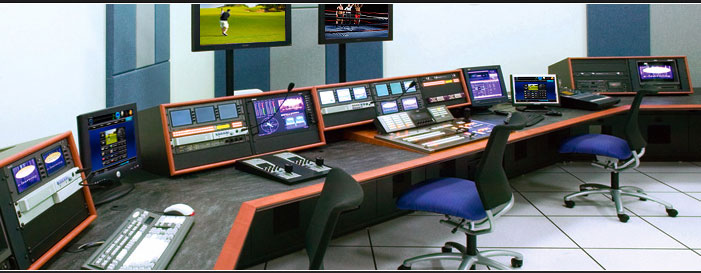High-bandwidth Digital Content Protection (HDCP), is a form of digital copy protection developed by Intel Corporation to prevent copying of digital audio and video content as it travels across connections.
HDCP can cause problems for users who want to connect multiple screens to a device; for example, a bar with several televisions connected to one satellite receiver or when a user has a closed laptop and uses an external display as the only monitor.
The system is meant to stop HDCP-encrypted content from being played on unauthorized devices or devices which have been modified to copy HDCP content. Before sending data, a transmitting device checks that the receiver is authorised to receive it. If so, the transmitter encrypts the data to prevent eavesdropping as it flows to the receiver.
In order to have a fully-operational Video Teleconferencing (VTC) room or meeting room you need to be able to manage HDCP, so that HDCP-protected content can be seamlessly displayed on legacy displays or other integrated solutions, like capture devices, that do not accept HDCP encrypted content. This is essential in order to have a seamless VTC or meeting room experience.

In this white paper, Crestron discusses how you can use Crestron DMPS switchers to reconcile the incompatibility between certain source content and upstream devices, such as capture and VTC systems, enabling them to accept and display the content.
How HDCP management works
When presenting from an iPad or laptop, often the content is HDCP-protected. This is particularly problematic when using legacy displays or other integrated solutions. Technology should not get in the way of a productive meeting, it should make it easier. Crestron DMPS switchers employ a patent pending technology that manages HDCP.
HDCP is controlled by the source device. When an HDCP-capable source is connected to an HDMI sink (e.g., a display, Audio-Video Receiver (AVR), or distribution switch), the source attempts to communicate with the HDCP manager of the sink.
On the other hand, some sources are willing to output their content to a non-HDCP source, but they may limit the types of content. For example, an Apple MacBook computer will allow a user to display their desktop and the majority of applications on any monitor, regardless of HDCP status. This makes perfect sense. A user’s own PowerPoint content or web browsing is not something that requires encryption.
This is just the tip of the iceberg as far as HDCP management is concerned. Now you know a little bit more about managing HDCP using the latest technology. Here’s to a seamless VTC and meeting room experience!
For more information on how to install and enable a seamless VTC or meeting room experience,
contact Actis at 022-30808080 or at contact@actis.co.in.
(Content and images courtesy: www.crestron.com)


